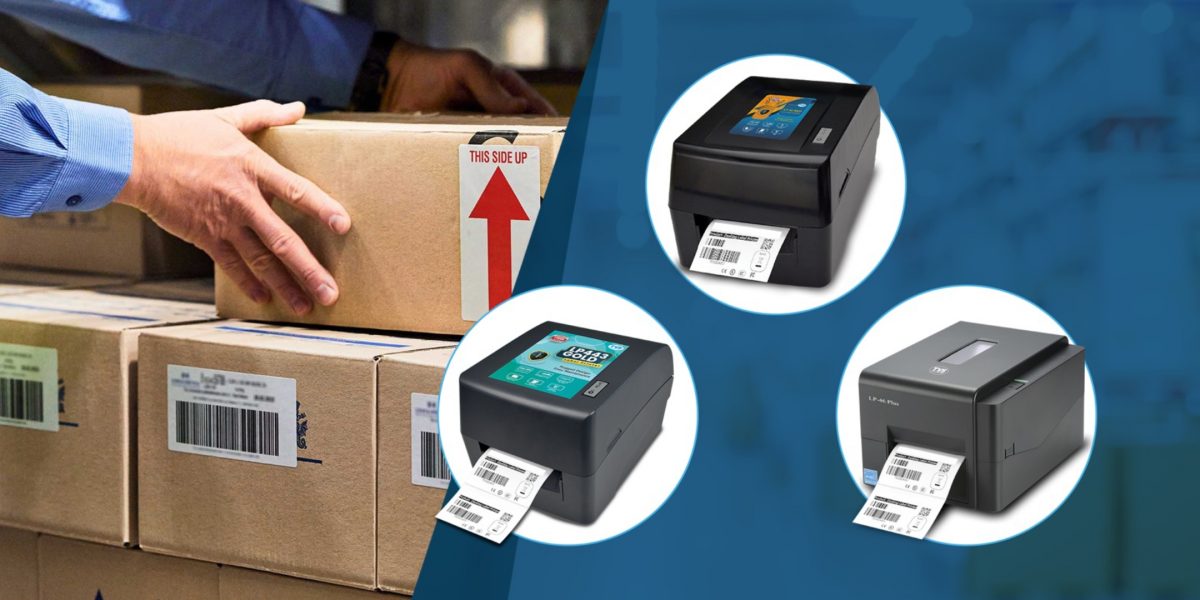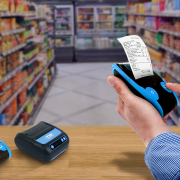Label printing is a crucial aspect of various industries, from manufacturing and logistics to retail and healthcare. Labels are essential to product packaging, providing crucial information, branding elements, and regulatory compliance details. Whether you need labels for products, shipments, or anything else, you should ensure they are of high quality and efficient.
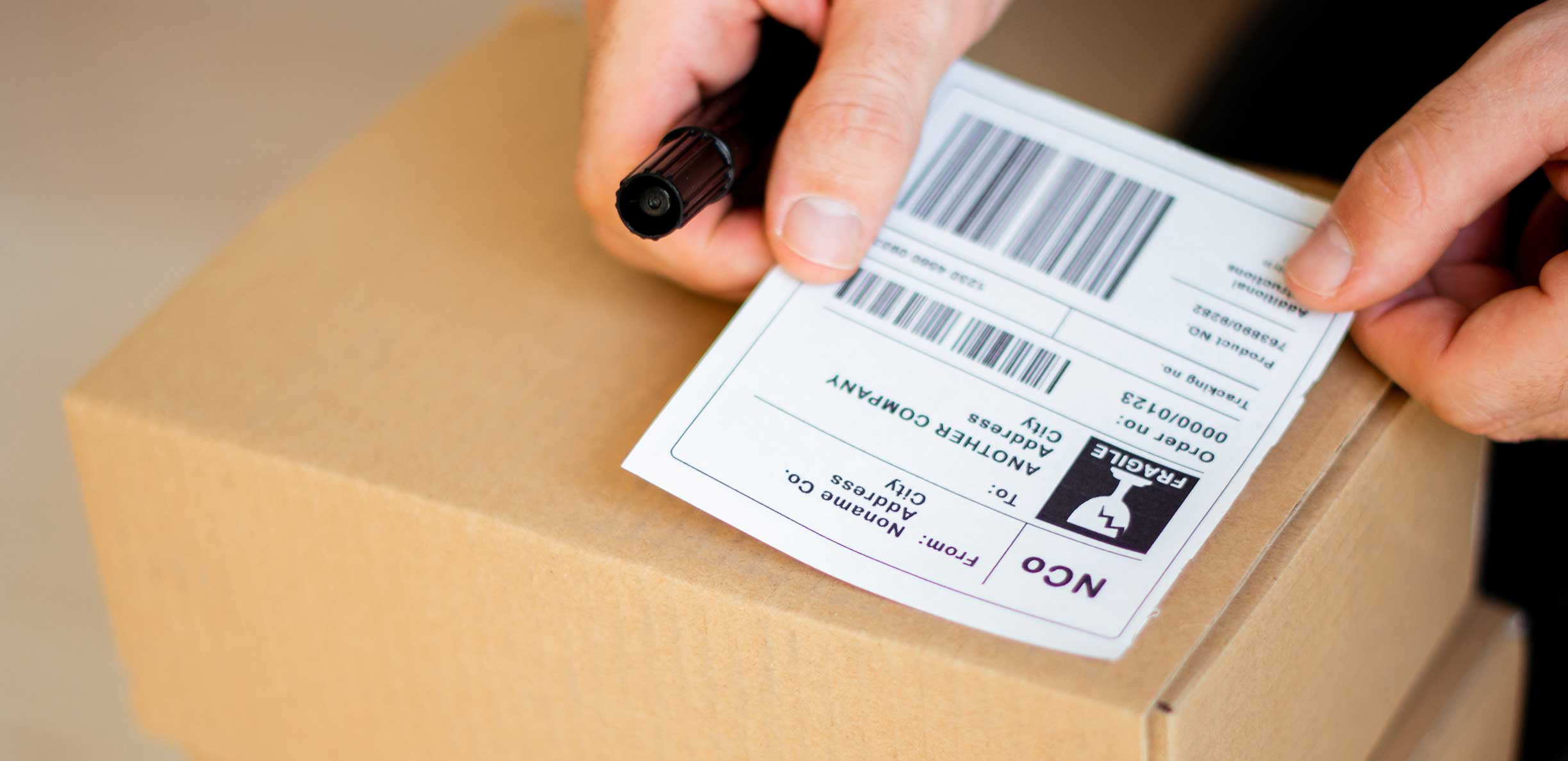
Best Practices in Label Printing: These best practices must be followed by businesses to maintain the quality and efficiency of the labels they print.
1. Understanding Your Labeling Requirements: Before diving into the design and printing process, it is crucial to have a clear understanding of your labelling requirements. You must consider the information that needs to be conveyed on the label, including product details, branding elements, regulatory information, and any specific industry standards. This understanding will guide your design choices and ensure compliance with relevant regulations. You must also make estimates about the volume to be printed so that the other parameters can be fixed accordingly.
2. Choose the Right Label Printer: Selecting the appropriate label printer is the first step in achieving consistent quality and efficiency. Factors such as the volume of labels you need, the type of labels (e.g., thermal, inkjet, or laser), and the printing speed can ensure that your printer can handle your specific label material and size requirements. Investing in a high-quality label printer is vital for achieving professional-looking labels.
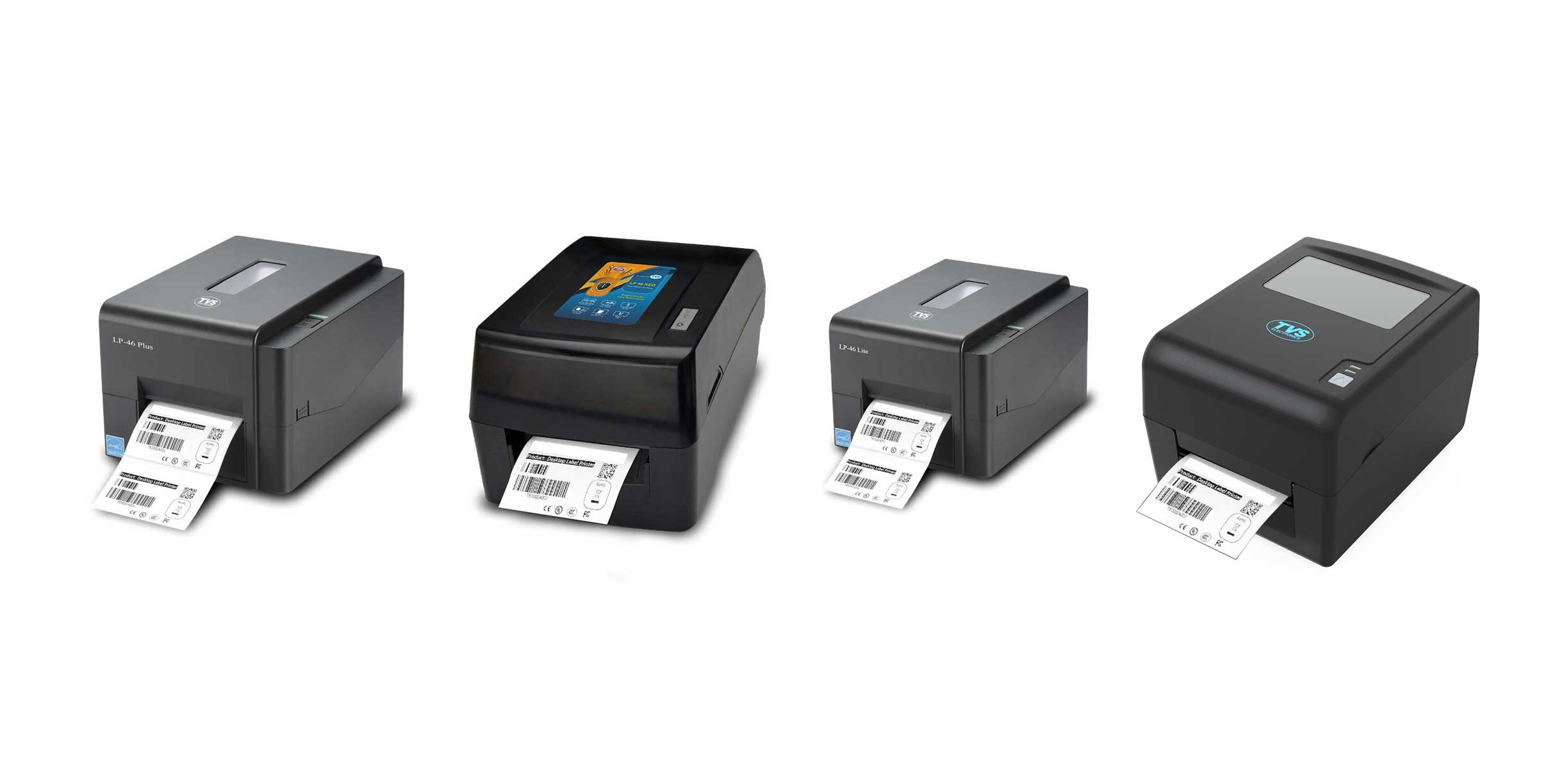
3. Create Optimal Label Design: Your label’s design is critical for both aesthetics and functionality. You must ensure that your labels are clear, easy to read, and aligned with your brand identity by using appropriate fonts, colours, and graphics while considering the label’s purpose and legal requirements. It is important to ensure adequate white space for readability and that the text and images are in high resolution.
4. Proofread and Test Before Full Production: Before printing a large batch of labels, a test print must be done to check for any errors or inconsistencies. This step can help you identify and correct issues before wasting label materials and time. You can adjust as necessary, and only proceed with total production when you are satisfied with the test print results. Spelling errors or incorrect information can undermine the credibility of your product.

5. Conduct Routine Printer Maintenance: Dirt and debris on printheads and rollers can lead to print imperfections. It is crucial to regularly clean these components to prevent streaks, smudges, or misprints. You must use manufacturer-recommended cleaning solutions and tools to avoid damage to the printer. To prevent breakdowns and keep the quality consistent, you should also do regular maintenance of your label printer. You must also follow the manufacturer’s guidelines for maintenance and schedule routine check-ups to keep the printer in optimal condition.
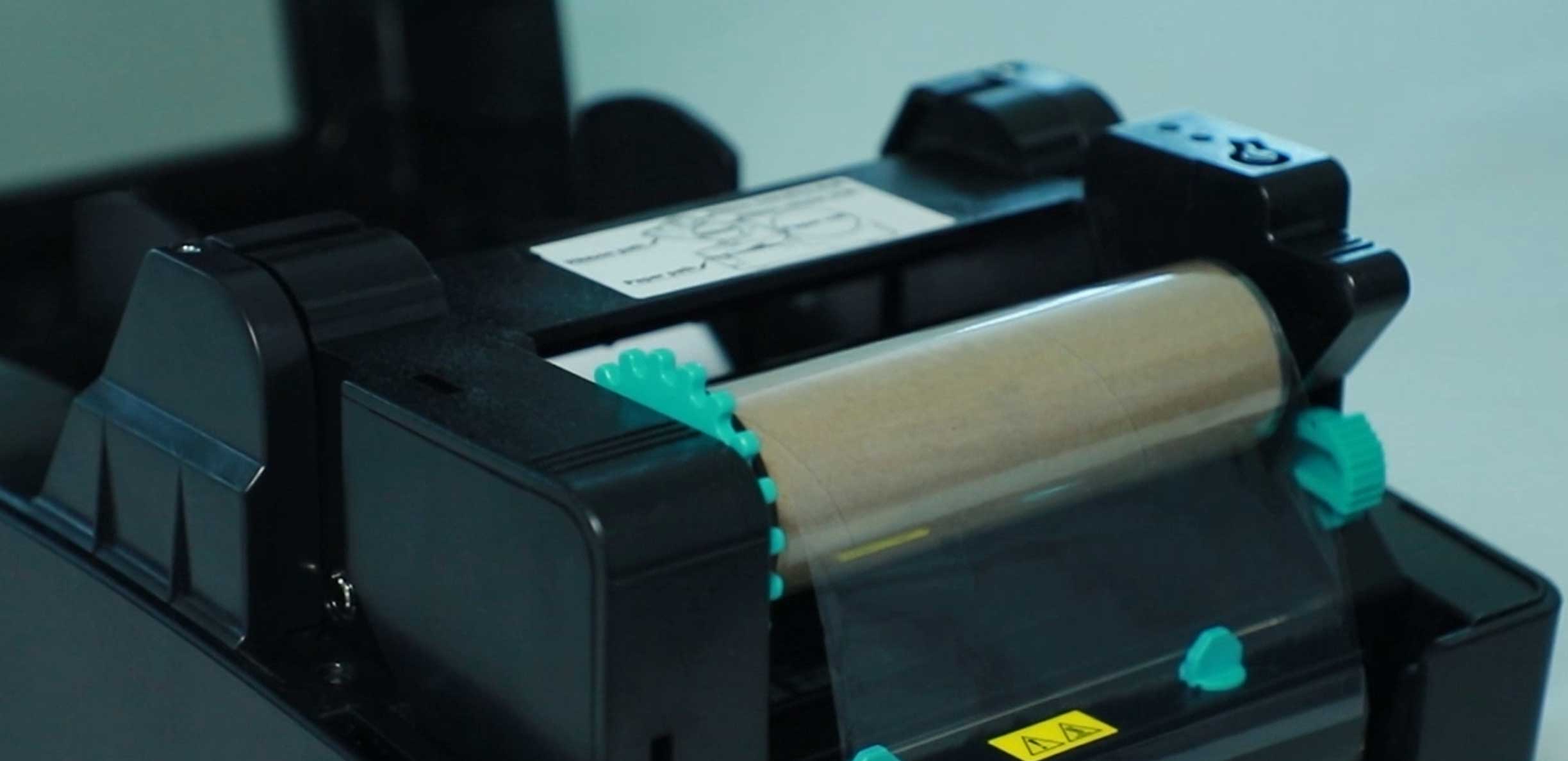
6. Regularly Update Label Content: In dynamic industries like food and beverage or pharmaceuticals, label content may change frequently due to regulatory updates or marketing changes. You must ensure that your label data is up-to-date and use a system that allows you to modify it quickly and easily to maintain accuracy and compliance.
7. Use high-quality Label Stock and Store them Properly: The quality of your label material plays a significant role in the final output. You should invest in high-quality label stock that suits your application. Different label materials are suitable for different purposes, such as thermal labels for barcodes or durable synthetic labels for outdoor use. Improper storage of label stock can lead to issues like label curling or adhesive degradation. You must store your label material in a cool, dry place, away from direct sunlight and extreme temperatures, to preserve its quality.
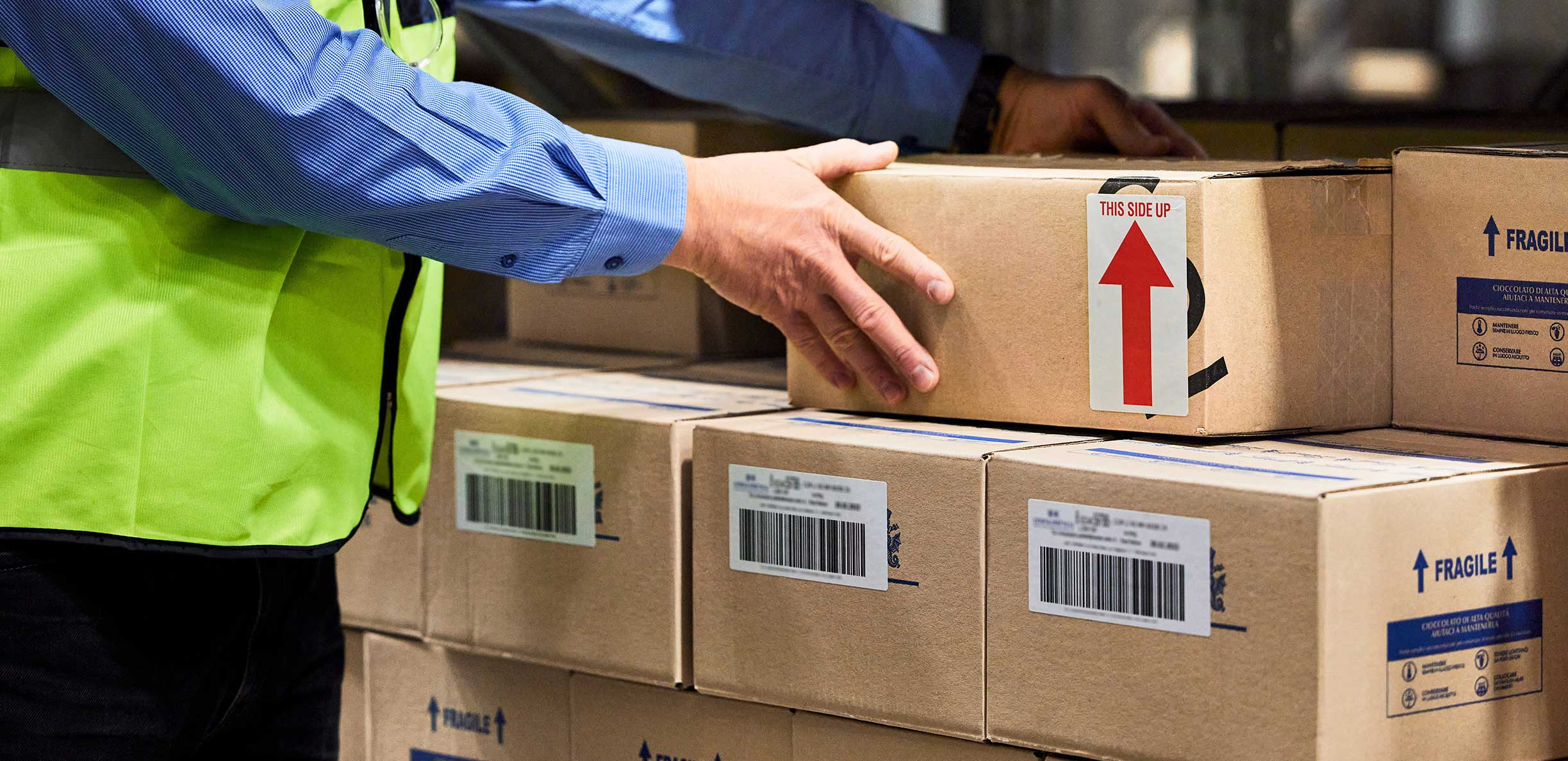
In conclusion, label printing best practices are essential for achieving consistent quality and efficiency. By following the steps outlined above, you can ensure that your labels consistently meet your standards and the needs of your industry. Consistency in label quality not only improves the brand image but also helps to prevent errors and ensure regulatory compliance. So, adopt these best practices in your label printing routine and experience the benefits of high-quality, efficient labelling.










